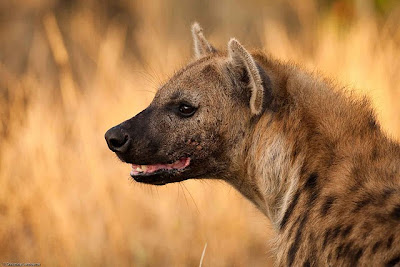The photographer is fortunate in that these moments can be captured not only in memory boxes but in a physical format that can be shared. Photography greats such as Cartier-Bresson and David Goldblatt were supremos in the art of the moment and it is indeed from their great example that a photographer can learn that the most mundane can become the bewitchingly captivating.

On the great plains of Africa the opportunities abound. Promises of encounters with the huge, the magnificent, the fast and the dangerous overpower the real magic of what lies in every corner just waiting to be seen. It is true that it takes time to peel back the layers, to search ever deeper, to learn more in order to appreciate what it is that reveals itself every day and it is this search that keeps the tyres on the road and the campfires burning on these great Plains.

The secret to unlocking this magic wonderland lies in the eye of the beholder and how much that eye can really see. On a trip to Mashatu over Easter of 2011 the leopards, who are normally so very visible, were playing hide-and-seek and they were winning. The elephants appeared to have taken off on a migration away from the Reserve and the usually abundantly teeming bush was hauntingly empty. Until, that is, when you looked a little closer, concentrated a little bit more and grabbed at every opportunity that came along.

We spent longer times at sightings and there was very little incentive to be off to another, perhaps better sighting. We were able to observe animal behaviour that previously would have been ignored. A very frustrating fact for a serious photographer is that twenty minutes spent at a sighting is, quite honestly, ridiculously short and the commercial aspect of the guaranteed sightings that bring the droves of tourists through the Reserves is hopelessly inadequate to capture meaningful images.

We could bask in the moment waiting patiently for a bird to fly from its perch, a cheetah to yawn or a squirrel to dart off to play because there was no dramatic sighting in the offing. The unfortunate demise of a giraffe brought in a huge flock of vultures and being the only vehicle remotely interested in this rather odiferous event we were privileged to sit for a few hours and photograph the birds coming in to land, the mean spirited pecking and hissing presented a whole host of action shots rarely captured. The posturing that various individuals in these groups display in an effort to demonstrate their supremacy provides opportunities that the lens simply devours.

The desire to capture something special always remains a challenge and even though the shutter keeps up its steady rhythm there remains a constant yearning to capture that elusively tantalising moment.
The unassailable fact that the Safari can be prolonged for many weeks afterwards lies in the arduous task of editing. Each day that I spend with the images afterwards brings me back to each moment as it happened and the more images there are on the flashcard the longer I can prolong the moment. My Safari’s last for weeks and weeks and even though I spend little time travelling and being there I am, really there, almost every day.



Christine Lamberth's Blog
Read more...
















